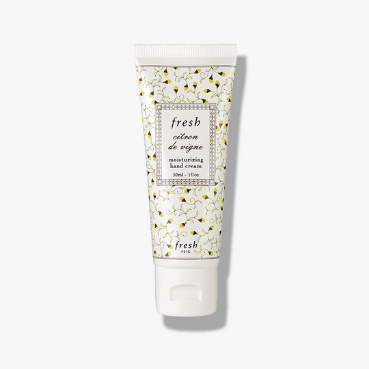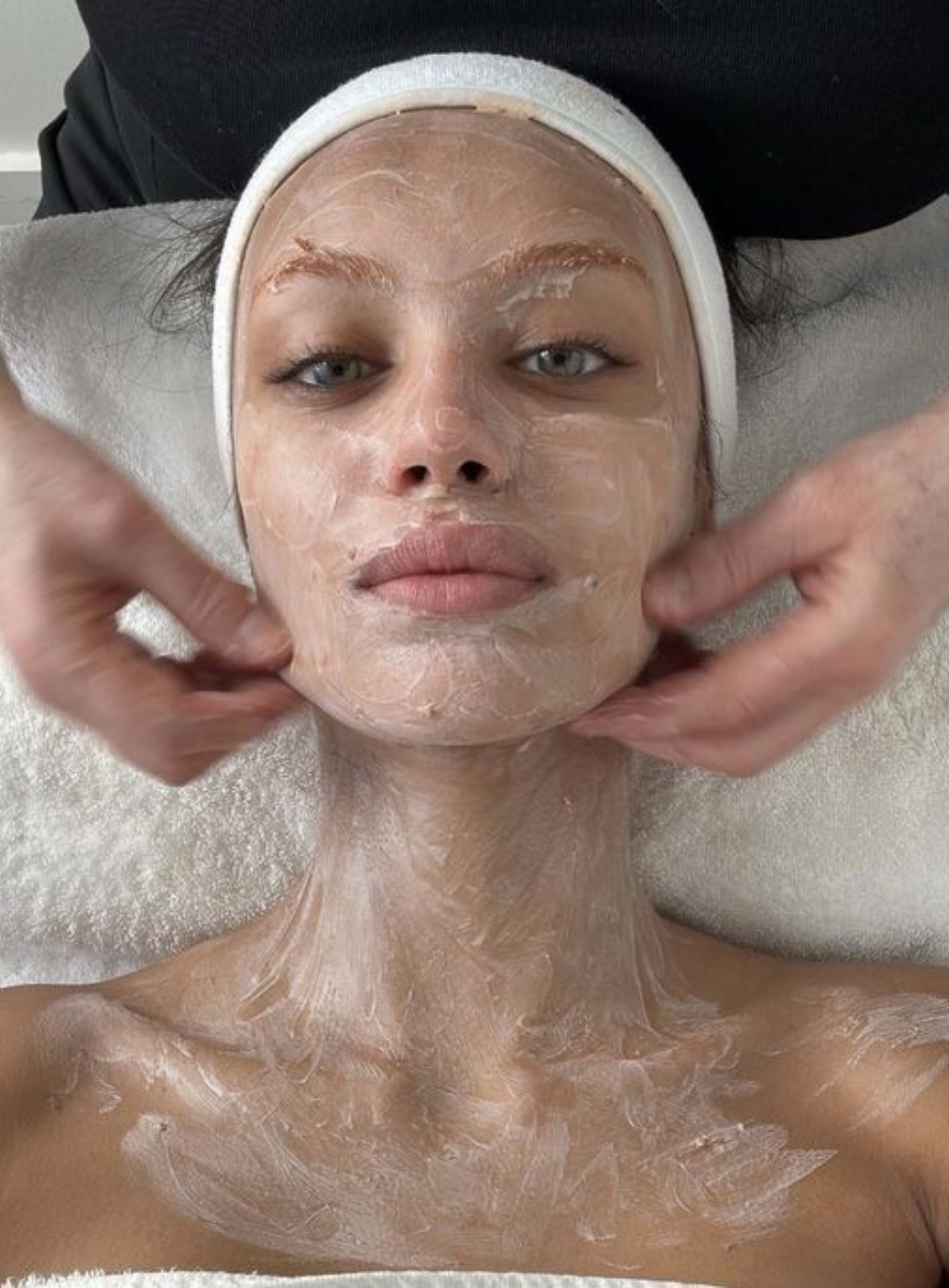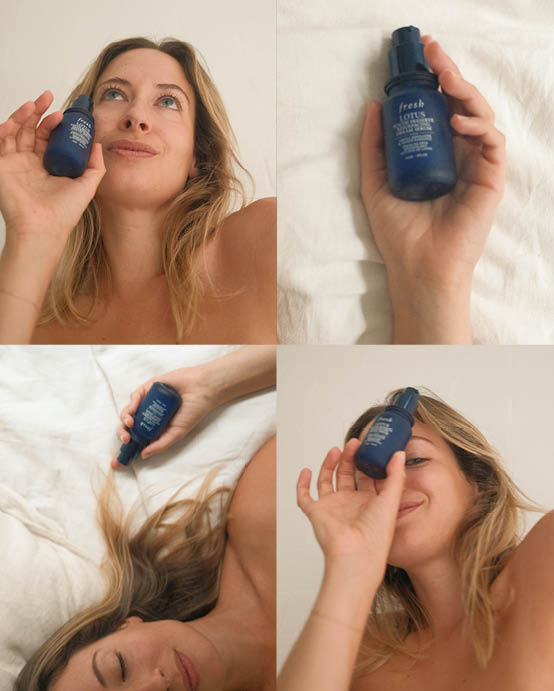The Best Facial Sunscreens For All Skin Types
Prioritise protection.
You may remember when you were younger and your parents used to slather you in sunscreen as you made your way down to the beach in the summer. Whether a fond memory or not, with hindsight on our side, we can now look back with gratitude and thank them for prioritising our protection from the sun. While it may have seemed like a chore then (and frankly sometimes now) SPF is the fundamental factor in protecting our skin, preventing pigmentation, reducing inflammation, and reducing the risk of premature ageing. It is essentially the skincare secret for healthy skin—and here’s your guide to beauty’s best kept secret.
A WEALTH OF BENEFITS
Not just another step in your skincare routine, SPF has a vital function for blocking out harmful effects from the sun, including the UVA and UVB rays that can permeate the skin and wreak havoc on our skin’s cells. Destabilising our skin’s molecules, it can offset the balance, creating concerns such as fine lines, wrinkles, pigmentation and even decreasing our collagen and elastin levels. Read: dehydrated skin and a rather sunken complexion. With more harmful and serious concerns, such as skin cancer, also important to consider, sunscreen truly is a skincare hero for protecting the skin.
MINERAL VS CHEMICAL
When tossing a coin between the two, the difference comes down to the ingredients used and how they protect against the sun. Mineral (otherwise known as physical) sunscreen utilises ingredients such as zinc oxide and titanium oxide that sit on the surface of the skin and act as a physical barrier. Basically, it stops the sun’s rays penetrating the skin. Chemical SPF, on the other hand, works by absorbing into the skin and the ingredients (such as oxybenzone, avobenzone, octisalate, octocrylene, homosalate and octinoxate) activate and react with the UV rays beneath the surface that then convert into heat to be released from your body. There is often a battle between which one is better but they both consistently and effectively help defend against UV rays that damage the skin as Dr Kemi Fabusiwa highlights, “Once UV radiation penetrates deep into the skin, there’s little to be done about the subsequent sun damage that leads to premature ageing, hyperpigmentation and an increased risk of melanoma.”
INGREDIENTS TO BE AWARE OF
Although both chemical and mineral sunscreens protect the skin, there has also been extensive research that investigates the effect on marine life. Ingredients such as oxybenzone, octinoxate and enzacamene are known to cause coral bleaching, even when extracted at very low concentrations. While preserving our skin is important, preserving our planet is just as significant and so studies have been created to help us to be aware of the ingredients to avoid that will help protect the planet.
BEWARE OF NANOPARTICLES
Not only do ingredients matter but so do nanoparticles. They are so easily absorbed by the coral reefs that research has surfaced opting for larger non-nanoparticles that are better for the environment overall. Look out for nanoparticles of titanium dioxide and zinc oxide as they are more harmful to marine organisms. Reading beyond reef-safe and ocean-safe is incredibly important, especially as the industry pushes towards creating more eco-friendly sunscreens–reading the labels is key.
HOW TO AVOID WHITE CAST
White cast typically occurs in mineral sunscreen and is more apparent on darker skin tones because of the titanium dioxide and zinc oxide. Naturally white in colour, this can then transfer onto the skin when trying to be absorbed into the complexion. You can avoid this by opting for a more lightweight formula that absorbs easily or opting for a chemical sunscreen. “Chemical sunscreens are able to provide very high, broad-spectrum UV protection and are able to do this in lesser concentrations,” Dr Kemi explains. “Chemical sunscreens are therefore often more lightweight and so are more suitable for acne-prone skin. They can also be made in preparations that don’t leave behind a ‘white cast’, making them the preferred option for darker-skin types.” Dr Kemi also recommends that everyone should be aware that “chemical sunscreens may be more irritating, especially to those with sensitive, allergy-prone skin.”
WORKING OUT THE QUANTITIES
Forget what you’ve heard: a pea sized amount of sunscreen will no longer suffice. Experts now recommend three finger lengths of SPF as an ideal amount for adequate protection. It is also advised that you re-apply every two to three hours for maximum protection and ensure you apply to forgotten areas such as the lips and hands. Pro tip: go for an SPF spray if you’ll be reapplying over makeup.
IT’S FOR THE EVERYDAY
Unlike your childhood sunscreen, SPF has come on leaps and bounds–we no longer have to accept sticky and heavy formulas. You know the ones–the types that clog pores or leave a white or grey cast on the skin. Thanks to technology and innovation we can work with an SPF every day, after applying our moisturiser, and be out the door–safe-guarded and protected.
PRODUCT ROUND-UP
Photography: Kristina Yenko
The Best Facial Sunscreens For All Skin Types
Prioritise protection.
You may remember when you were younger and your parents used to slather you in sunscreen as you made your way down to the beach in the summer. Whether a fond memory or not, with hindsight on our side, we can now look back with gratitude and thank them for prioritising our protection from the sun. While it may have seemed like a chore then (and frankly sometimes now) SPF is the fundamental factor in protecting our skin, preventing pigmentation, reducing inflammation, and reducing the risk of premature ageing. It is essentially the skincare secret for healthy skin—and here’s your guide to beauty’s best kept secret.
Photography: Kristina Yenko
A WEALTH OF BENEFITS
Not just another step in your skincare routine, SPF has a vital function for blocking out harmful effects from the sun, including the UVA and UVB rays that can permeate the skin and wreak havoc on our skin’s cells. Destabilising our skin’s molecules, it can offset the balance, creating concerns such as fine lines, wrinkles, pigmentation and even decreasing our collagen and elastin levels. Read: dehydrated skin and a rather sunken complexion. With more harmful and serious concerns, such as skin cancer, also important to consider, sunscreen truly is a skincare hero for protecting the skin.
MINERAL VS CHEMICAL
When tossing a coin between the two, the difference comes down to the ingredients used and how they protect against the sun. Mineral (otherwise known as physical) sunscreen utilises ingredients such as zinc oxide and titanium oxide that sit on the surface of the skin and act as a physical barrier. Basically, it stops the sun’s rays penetrating the skin. Chemical SPF, on the other hand, works by absorbing into the skin and the ingredients (such as oxybenzone, avobenzone, octisalate, octocrylene, homosalate and octinoxate) activate and react with the UV rays beneath the surface that then convert into heat to be released from your body. There is often a battle between which one is better but they both consistently and effectively help defend against UV rays that damage the skin as Dr Kemi Fabusiwa highlights, “Once UV radiation penetrates deep into the skin, there’s little to be done about the subsequent sun damage that leads to premature ageing, hyperpigmentation and an increased risk of melanoma.”
INGREDIENTS TO BE AWARE OF
Although both chemical and mineral sunscreens protect the skin, there has also been extensive research that investigates the effect on marine life. Ingredients such as oxybenzone, octinoxate and enzacamene are known to cause coral bleaching, even when extracted at very low concentrations. While preserving our skin is important, preserving our planet is just as significant and so studies have been created to help us to be aware of the ingredients to avoid that will help protect the planet.
BEWARE OF NANOPARTICLES
Not only do ingredients matter but so do nanoparticles. They are so easily absorbed by the coral reefs that research has surfaced opting for larger non-nanoparticles that are better for the environment overall. Look out for nanoparticles of titanium dioxide and zinc oxide as they are more harmful to marine organisms. Reading beyond reef-safe and ocean-safe is incredibly important, especially as the industry pushes towards creating more eco-friendly sunscreens–reading the labels is key.
HOW TO AVOID WHITE CAST
White cast typically occurs in mineral sunscreen and is more apparent on darker skin tones because of the titanium dioxide and zinc oxide. Naturally white in colour, this can then transfer onto the skin when trying to be absorbed into the complexion. You can avoid this by opting for a more lightweight formula that absorbs easily or opting for a chemical sunscreen. “Chemical sunscreens are able to provide very high, broad-spectrum UV protection and are able to do this in lesser concentrations,” Dr Kemi explains. “Chemical sunscreens are therefore often more lightweight and so are more suitable for acne-prone skin. They can also be made in preparations that don’t leave behind a ‘white cast’, making them the preferred option for darker-skin types.” Dr Kemi also recommends that everyone should be aware that “chemical sunscreens may be more irritating, especially to those with sensitive, allergy-prone skin.”
WORKING OUT THE QUANTITIES
Forget what you’ve heard: a pea sized amount of sunscreen will no longer suffice. Experts now recommend three finger lengths of SPF as an ideal amount for adequate protection. It is also advised that you re-apply every two to three hours for maximum protection and ensure you apply to forgotten areas such as the lips and hands. Pro tip: go for an SPF spray if you’ll be reapplying over makeup.
IT’S FOR THE EVERYDAY
Unlike your childhood sunscreen, SPF has come on leaps and bounds–we no longer have to accept sticky and heavy formulas. You know the ones–the types that clog pores or leave a white or grey cast on the skin. Thanks to technology and innovation we can work with an SPF every day, after applying our moisturiser, and be out the door–safe-guarded and protected.


















Comments